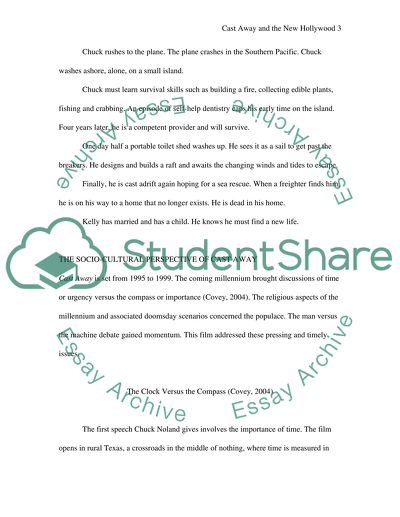Cite this document
(“Analyse Cast Away (Dir. Robert Zemeckis, 2000) in depth as an example Essay”, n.d.)
Retrieved from https://studentshare.org/environmental-studies/1411439-analyse-cast-away-dir-robert-zemeckis
Retrieved from https://studentshare.org/environmental-studies/1411439-analyse-cast-away-dir-robert-zemeckis
(Analyse Cast Away (Dir. Robert Zemeckis, 2000) in Depth As an Example Essay)
https://studentshare.org/environmental-studies/1411439-analyse-cast-away-dir-robert-zemeckis.
https://studentshare.org/environmental-studies/1411439-analyse-cast-away-dir-robert-zemeckis.
“Analyse Cast Away (Dir. Robert Zemeckis, 2000) in Depth As an Example Essay”, n.d. https://studentshare.org/environmental-studies/1411439-analyse-cast-away-dir-robert-zemeckis.


